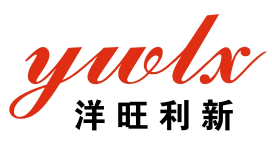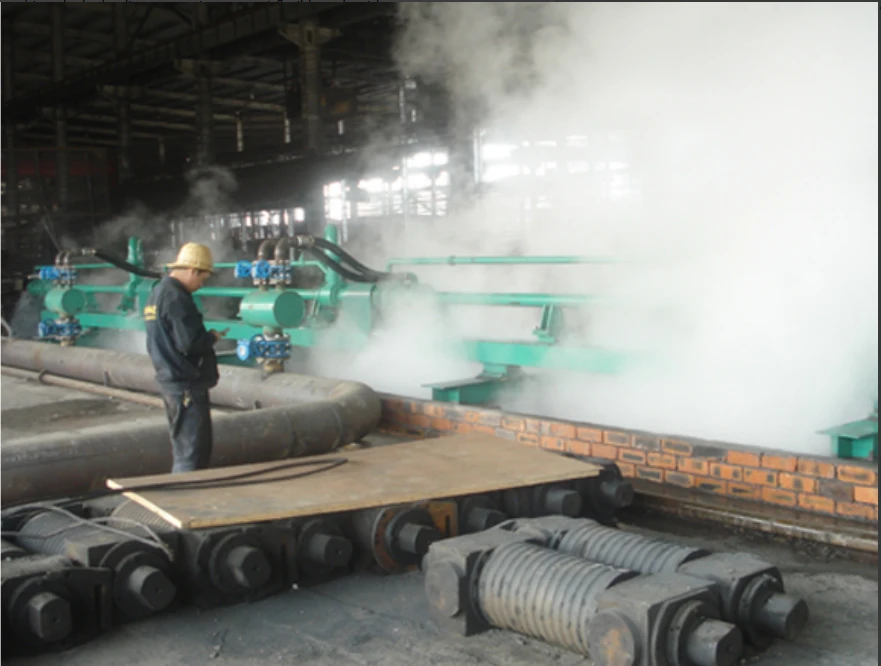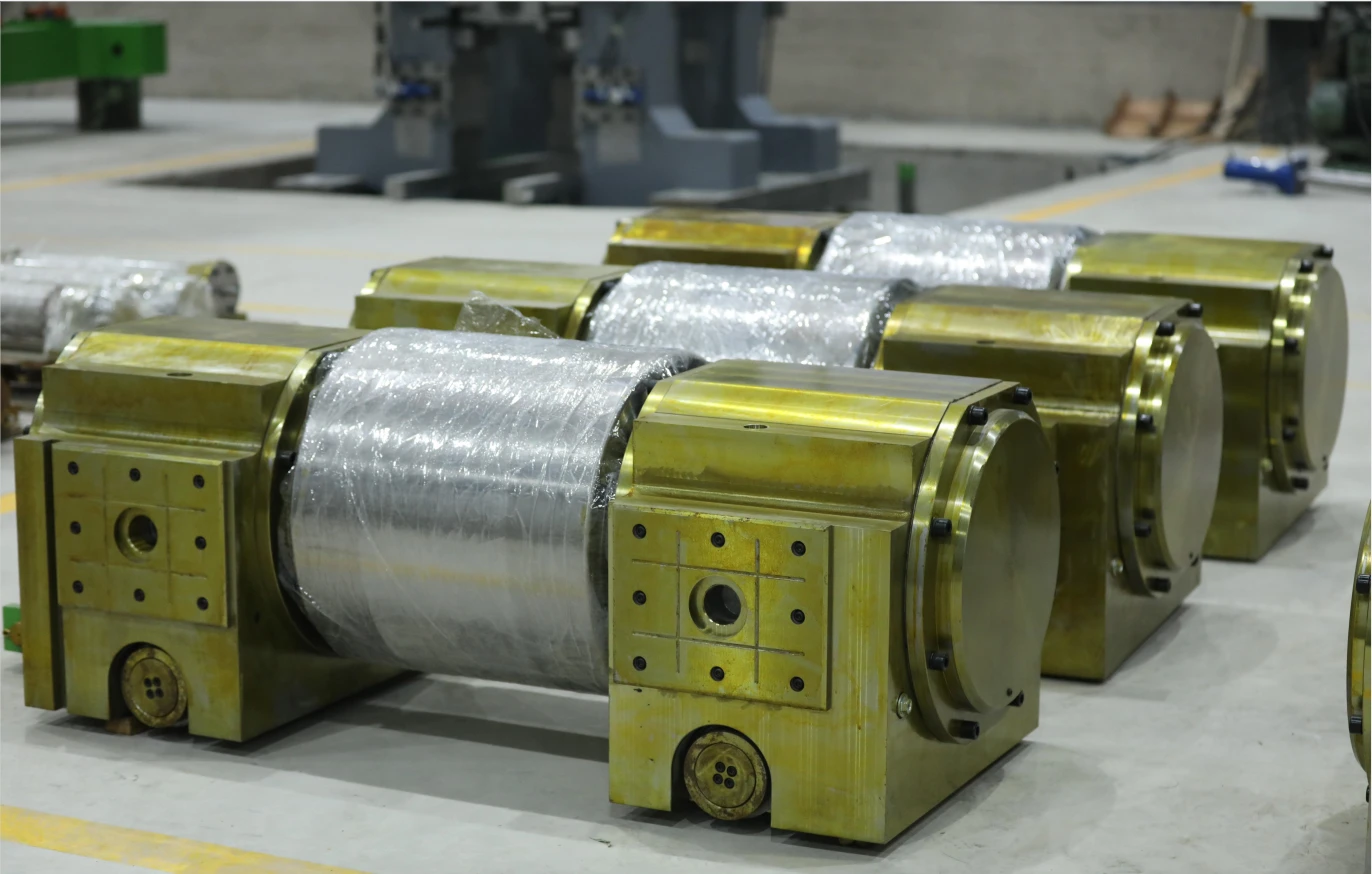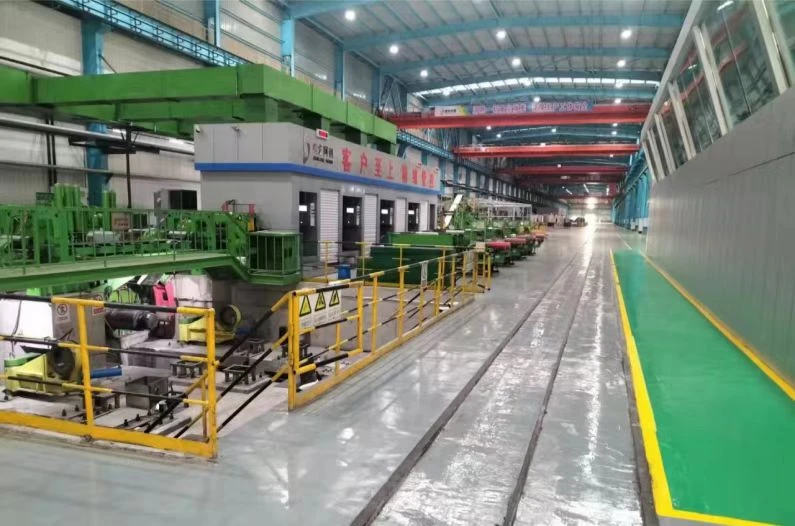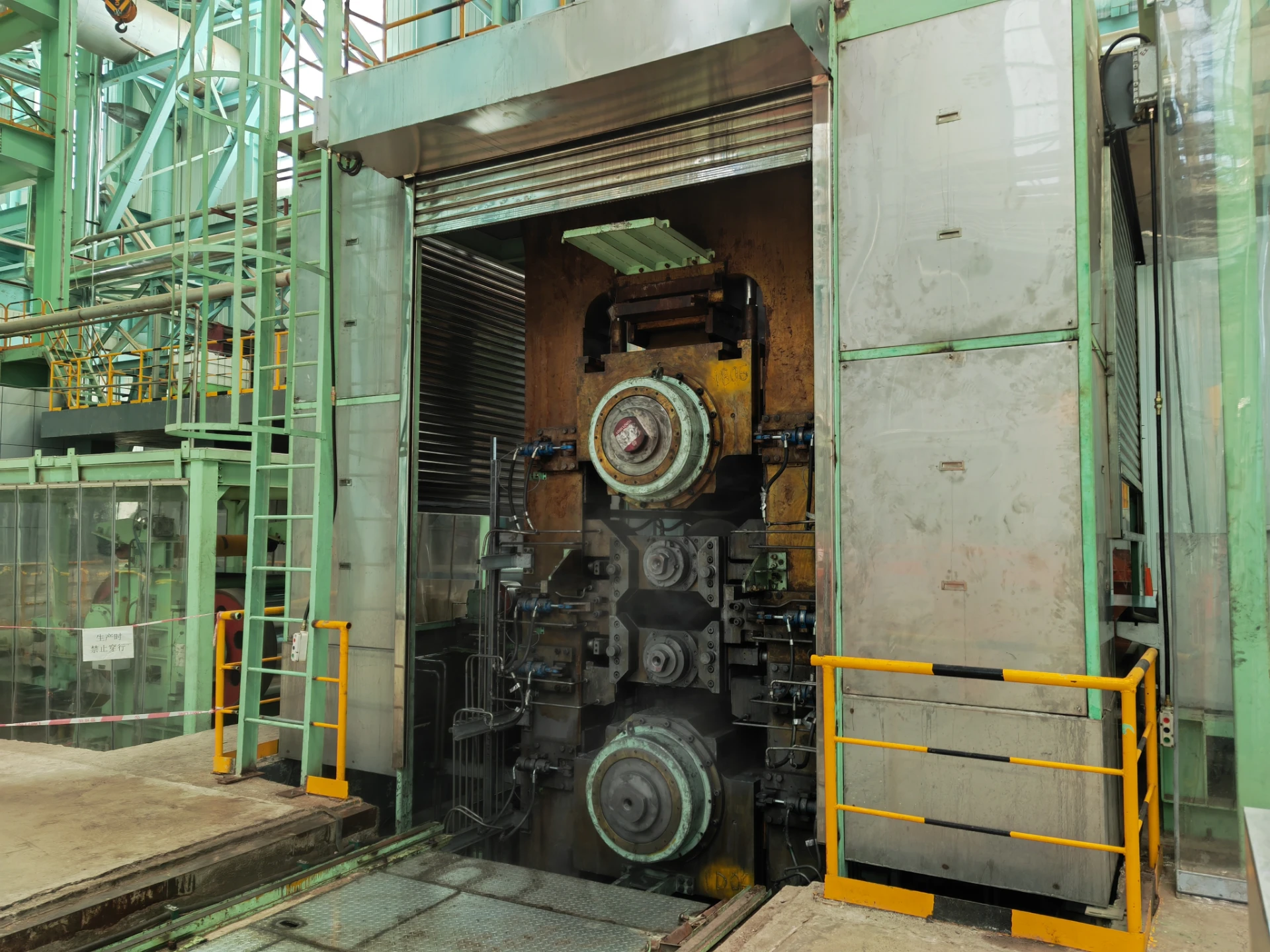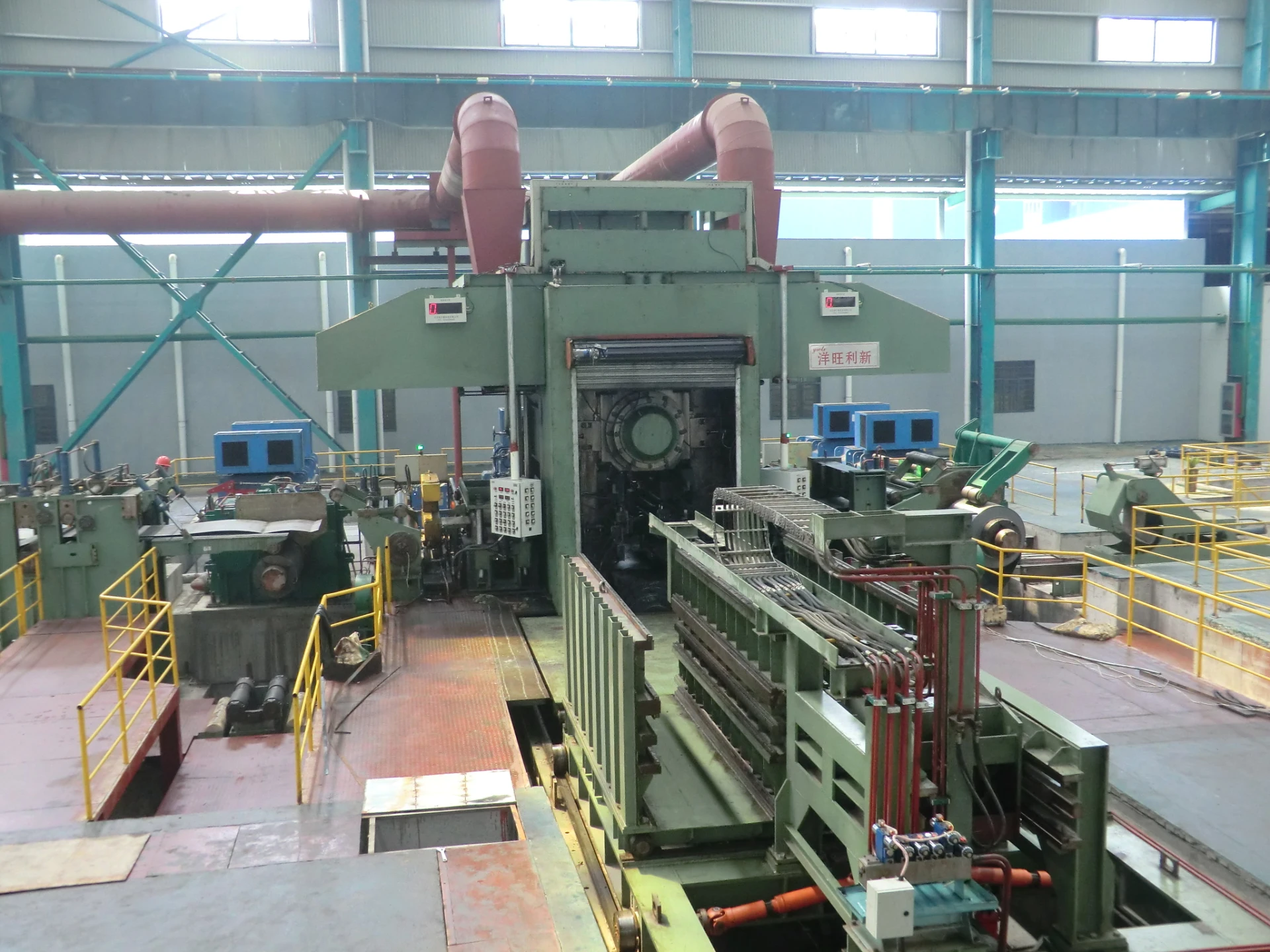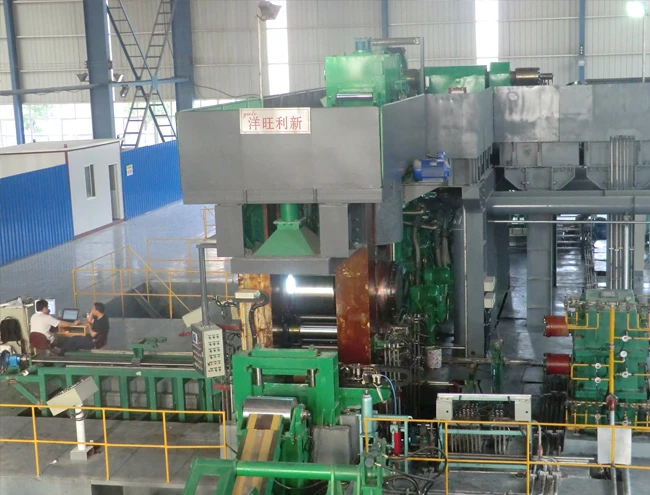
AI-Optimized Temper Rolling Mill | High Precision
Temper rolling mill technology stands at the core of modern steel processing, delivering enhanced mechanical properties, impeccable surface finish, and the flatness required for high-performance applications. As global manufacturing upgrades to meet increasing quality standards, solutions like temper rolling mill are evolving rapidly, driving competitiveness across metallurgy, petrochemical, construction, and infrastructure sectors.
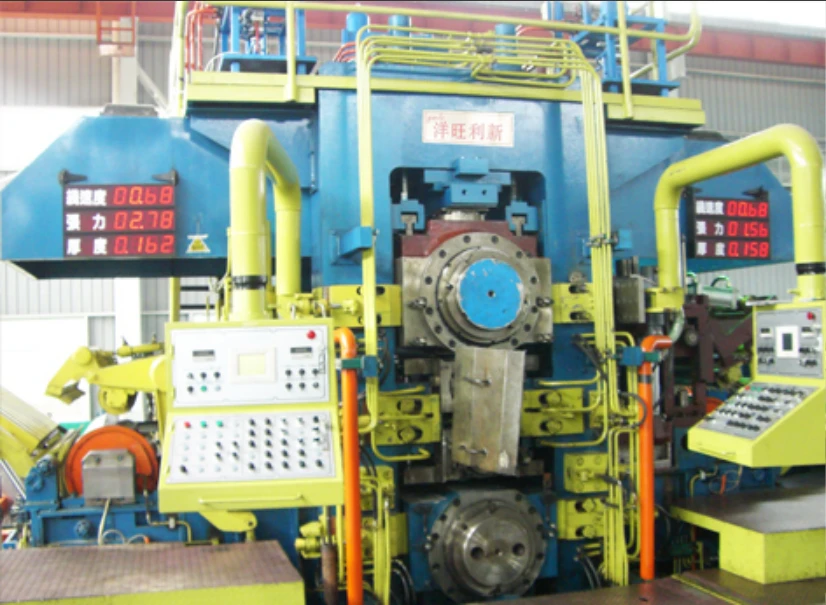
This comprehensive guide will analyze global trends, technical advantages, industry standards, application scenarios, as well as customization and comparative analyses of temper rolling mill products. By leveraging authentic industry data, technical parameter tables, and real-world case studies, this article embodies Google EEAT standards to empower your investment or procurement strategy.
1. Global Trends in Temper Rolling Mill Technology
According to statistics from the World Steel Association (WSA), the demand for temper mill steel has increased by 19% from 2018 to 2023 due to rapid urbanization and advanced manufacturing. Asia Pacific dominates the expansion, yet North American and European facilities are investing heavily in upgrading temper pass mills to meet digitalization, energy efficiency, and quality demands.
Recent industry reports (World Steel 2024) highlight the following megatrends:
- Adoption of automation and Industry 4.0 solutions for predictive maintenance and process optimization.
- Increasing use of cast, forged & CNC-machined components to enhance mill reliability.
- Integration with strict standards (ISO 9001, ANSI B65) and enhanced digital controls to satisfy quality certification requirements.
- Eco-friendly reforms, focusing on energy savings and sustainable manufacturing (OECD Steel Industry).
2. Technical Parameters: Temper Rolling Mill Specification Table
Below is a curated temper rolling mill comparison of technical indices sourced from top vendors (2024 models):
| Model | Mill Type | Roller Diameter (mm) | Max Rolling Force (kN) | Rolling Width (mm) | Rated Speed (m/min) | Applicable Material | Standard Compliance |
|---|---|---|---|---|---|---|---|
| TM-1600A | 4-Hi Temper Mill | 600 | 6500 | 900-1600 | 250 | CR, HR, Stainless Steel | ISO 9001, ANSI B65.1 |
| YWLX-2000 Pro | 6-Hi Temper Mill | 800 | 9000 | 900-2000 | 300 | Carbon Steel, Alloy | ISO 9001:2015, EN 10204 |
| ULTRAMILL 1850 | 4-Hi Compact | 780 | 7800 | 700-1850 | 220 | Galvanized, Coated Steel | ANSI, JIS G3141 |
| TemperFlex-1900 | 2-Hi Temper Pass Mill | 900 | 12000 | 1250-1900 | 500 | Auto-grade Steel | ISO 9001, ASTM A568 |
3. In-depth Manufacturing Process of Temper Rolling Mill
The temper rolling mill manufacturing process integrates multiple advanced manufacturing technologies, ensuring high durability, optimal surface finish, and compliance with international standards. Here's a schematic overview of typical production:
(Forged Alloy/Cast Steel) ➜ Precision Forging/Casting ➜ CNC Machining & Surface Grinding ➜ Heat Treatment/Stress Relief ➜ Roll Assembly & Balancing ➜ Full-Scale Quality Testing
(ISO, ANSI, EN Certified) ➜ Delivery (With QA/Documentation)
Key nodes explained:
- Forging & Casting: Selection of low-carbon, high-toughness alloys, guaranteeing fatigue resistance.
- CNC Precision Machining: Ensures micron-level surface tolerance and straightness(<0.04mm), crucial for flatness.
- Thermal Stress Relief: Minimizes deformation in high-cycle operation, extending component lifespan (typically 12+ years in industrial settings).
- Testing & Certification: Each mill is subjected to ultrasonic, magnetic particle, and load testing per ISO 9001 and ANSI protocols.
- Surface Treatments: Anti-corrosion coatings, such as zinc/nickel plating, boost durability in harsh or corrosive environments.
For an animated visualization of a modern temper rolling mill process (YouTube), watch this engineering walkthrough.
4. Advantages & Benchmarking: Why Choose a Modern Temper Mill?
- High Flatness & Surface Quality: Temper roll stands reduce sheet waviness & yield outstanding surface gloss (Ra < 0.4μm), essential for automotive & appliance steel.
- Consistent Mechanical Properties: Results in uniform yield strength and elongation, minimizing downstream processing issues.
- Flexible Configurations: 2-Hi, 4-Hi, and 6-Hi temper mill designs allow customized adjustment according to thickness range (0.15–6.0mm), width, and application.
- Energy Efficient: Innovative drive designs cut energy usage by up to 21% vs. legacy systems (MDPI Metallurgy 2021).
- Compliance: All critical parts manufactured and tested per ISO 9001:2015, EN 10204, ASTM standards.
- Digital Monitoring: IoT-enabled sensors provide real-time data, predictive maintenance alarms, and performance analytics.
5. Application Scenarios & Case Studies
Temper rolling mill solutions are indispensable across diverse sectors:
- Automotive: Producing high-tensile, ultra-flat sheets for body panels, frames, door beams.
- Appliances & Consumer Electronics: Ensuring mirror-finish & precise gauge control in refrigerator, TV, and PC enclosures.
- Pipeline & Petrochemical: Strengthening corrosion resistance and mechanical uniformity in steel pipe manufacturing.
- Construction & Infrastructure: Supply of ultra-flat panels, rebar covers, and roofing steel.
- Energy & Rail: Manufacture of transformer lamination sheets, railway coach panels with enhanced fatigue life.
Case Study | Automotive Temper Pass Mill Modernization
Client: Global Automaker (Europe).Challenge: Upgrade legacy temper pass mill to meet tighter flatness tolerance (< 0.02mm) and surface gloss standards.
Solution: Installed 6-Hi temper rolling mill (YWLX-2000 Pro).
Result: Surface flatness improved by 38%; customer sheet rejection rate dropped from 8% to 1.2%.
Standards Cited: ISO 9001:2015, EN 10131-2006.
Case Study | Petrochemical Pipeline Manufacturing
Client: Major Petrochemical Supplier (Asia-Pacific).Challenge: Prevent microcracks in pipeline sheet rolls subject to corrosive environments.
Solution: Customized pre-passivation + temper roll process. All rolls NDT-checked to EN 10204.
Result: Lifetime of steel pipes extended by 27%, meeting ANSI/NACE MR0175.
6. Supplier Benchmarking: Comparing Top Temper Mill Brands
| Company | Country | Temper Mill Series | Delivery Cycle (weeks) | Certifications | Notable Client | Warranty |
|---|---|---|---|---|---|---|
| YWLX (Beijing) | China | YWLX-2000/3000 | 12–16 | ISO 9001:2015, CE | SAIC Motor, Sinopec | 36 months |
| Danieli | Italy | MILL-MAX 4Hi/6Hi | 18–22 | ISO, EN 10204 | ArcelorMittal | 24 months |
| SMS Group | Germany | Compact Temper | 20–24 | ISO, DIN | POSCO | 24 months |
| Primetals Tech. | Japan | ECOTEMPER | 22–28 | ISO, JIS G3141 | Tata Steel | 18 months |
Customization Options: All suppliers provide custom mill construction to suit special alloys, width/gauge ranges, and integrated automation (PLC+IoT). YWLX, for instance, offers rapid prototyping and full integration with MES (Manufacturing Execution Systems) as per client digital standards.
Request a Custom Temper Mill Solution >7. Professional FAQ: Temper Mill Steel Terminology
Q1: What materials are typically used to manufacture temper mill rolls?
A: Forged alloy steel (typically 42CrMo4 or equivalent ASTM A29), tool steels, and sometimes chilled cast iron for surface rolls. The selection depends on desired hardness, fatigue life, and corrosion resistance requirements.
See: ASM Metals Handbook, Vol.1 – Properties of Temper Mill Steels.
Q2: What surface finish is achievable, and why is it crucial?
A: Standard temper rolling mills achieve surface roughness Ra 0.25–0.5μm. Ultra-low Ra (<0.2μm) is vital for exposed auto and appliance steel, minimizing paint defects and glare lines.
Q3: What international standards should a temper pass mill comply with?
A: Compliance with ISO 9001, ASTM A568/A635, EN 10204 (for inspection certs), and ANSI B65 series for safety.
Q4: How is mill alignment and installation validated?
A: Via laser alignment, dial gauge measurements, and non-contact optical devices. Installation must meet ISO 9445 (steel sheet tolerances) and may be third-party certified according to local codes (e.g., DIN 8580-8584).
Q5: What is typical delivery time for a custom temper mill?
A: For new builds: 10–24 weeks, depending on configuration and supply chain (see benchmarking table above).
Q6: What is the expected service life and warranty?
A: Designed lifespan is 12–18 years for main structural parts, with 3-year warranty as industry standard.
Q7: How is quality testing documented before delivery?
A: Each mill is delivered with full QC documents: ultrasonic/MP test records, mechanical properties, ISO/EN compliance certificates, and full batch traceability.
8. Delivery, Quality Assurance & Global Support
- Lead Time: 12–24 weeks (depending on project complexity and mill size; urgent retrofit solutions available upon request).
- Warranty: Standard warranty up to 36 months for all main assemblies.
- After-sale Coverage: On-site commissioning, operator training, and lifetime spare parts program.
- Global Support: 24/7 remote diagnostics, predictive analytics system, and rapid-reaction service teams in Asia, Europe, and Americas.
- Quality Pledge: 100% of temper rolling mill units are subject to load trials and surface integrity inspections prior to shipping.
- Customer Feedback: Over 97% positive rating in post-delivery audits (see client testimonials).
- Documentation: Complete operating manual, electronic test records, and ISO-compliant handover dossier.
Conclusion & Further Reading
Temper rolling mill technology represents the pinnacle of sheet steel process optimization, delivering measurable improvements in product flatness, surface quality, and lifecycle cost reduction. As industry standards tighten and clients pursue zero-defect supply chains, choosing the right temper pass mill becomes mission-critical.
For advanced product support or a tailored quotation for your application, visit the official Temper Mill page or book a technical consultation.
References:
- World Steel Association: Annual Statistics
- Modern Temper Passing Mill and Process Optimization, ResearchGate, 2019
- Metals Journal: Energy Efficiency Optimization in Rolling Mills
- ScienceDirect - Advances in Sheet Steel Processing
- /r/Metalworking Forum - Rolling Mill Discussions
- YWLX Temper Mill Official Product Page
-
Indian Clients Visit YWLX to Inspect Skin-pass MillNewsJun.22,2025
-
Typical Products from Reversing Cold Rolling ProcessNewsMay.26,2025
-
Surface Finish Improvement through Skin Pass RollingNewsMay.26,2025
-
Integration of AGC Systems in Modern Cold Rolling MillsNewsMay.26,2025
-
Cold Rolling in the Context of High-Strength Steel DemandNewsMay.26,2025
-
AGC in Hot Rolling Mills: Challenges and SolutionsNewsMay.26,2025
-
Why Reversing Cold Rolling Mills Are Ideal for Specialty MetalsNewsMay.13,2025


